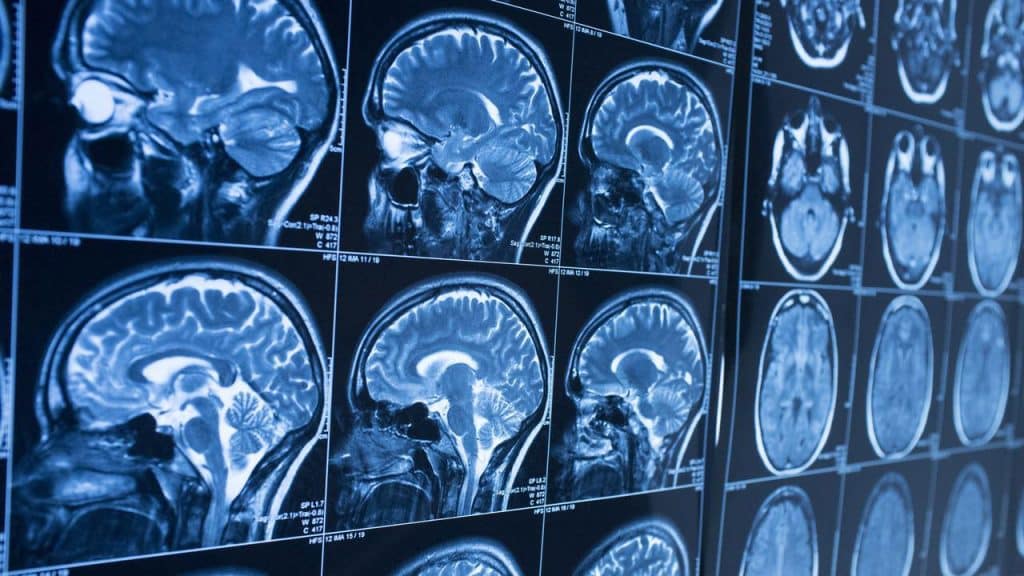We talk a lot about what it means to be elderly when it comes to health. We talk about how the best measures to mitigate the effects of aging are the ones we start as early as possible, while we’re youthful. But what about the time between old and young, that time of flux when things are beginning to change but they’re not set in stone yet? That’s what one study is hoping to explore (https://longevity.technology/news/dunedin-study-receives-1-4m-award-to-explore-midlife-aging/).
The research in question is called the Dunedin Multidisciplinary Health and Development Study, or the Dunedin Study for short, and it spans a lot more than midlife aging. In fact, it started back in the 1970s with more 1037 newborns born in Dunedin, New Zealand. It’s been following them ever since, recording all kinds of data about human development and behavior. Its evolution over the years has attracted collaborating scientists from all around the world.
This time, the collaborators are based at King’s College London, and their $1.4 million of funding comes from the Medical Research Council in the UK, following in the tradition of similar bodies in New Zealand and America. Now that the study’s participants are into their fifties, it’s the perfect time to start exploring midlife aging with the help of modern technology such as neuroimaging.
Neuroimaging was last used to evaluate the participants when they were 45. Now it’s seven years later and researchers hope to see if there’s any change in the physical structure of the brain, or in how its neural connectivity functions. They’ll be able to see if aging in the brain correlates with a more rapid rate of aging in general.
There are actually eight categories of aging being assessed in the study. They include familiar areas such as biological age and functional age, as well as more specific subsets such as facial aging, cognitive aging, microvascular aging, inflammatory aging, sexual aging and even social aging. Each has the potential to provide different but valuable data about the aging process as a whole.
As the participants are in their fifties, they are still within the period when lifestyle changes can still have a significant impact on their health and longevity. Understanding aging better means it will be easier to develop preventative measures that can then be applied to people outside of the study to improve their well-being for years to come.




